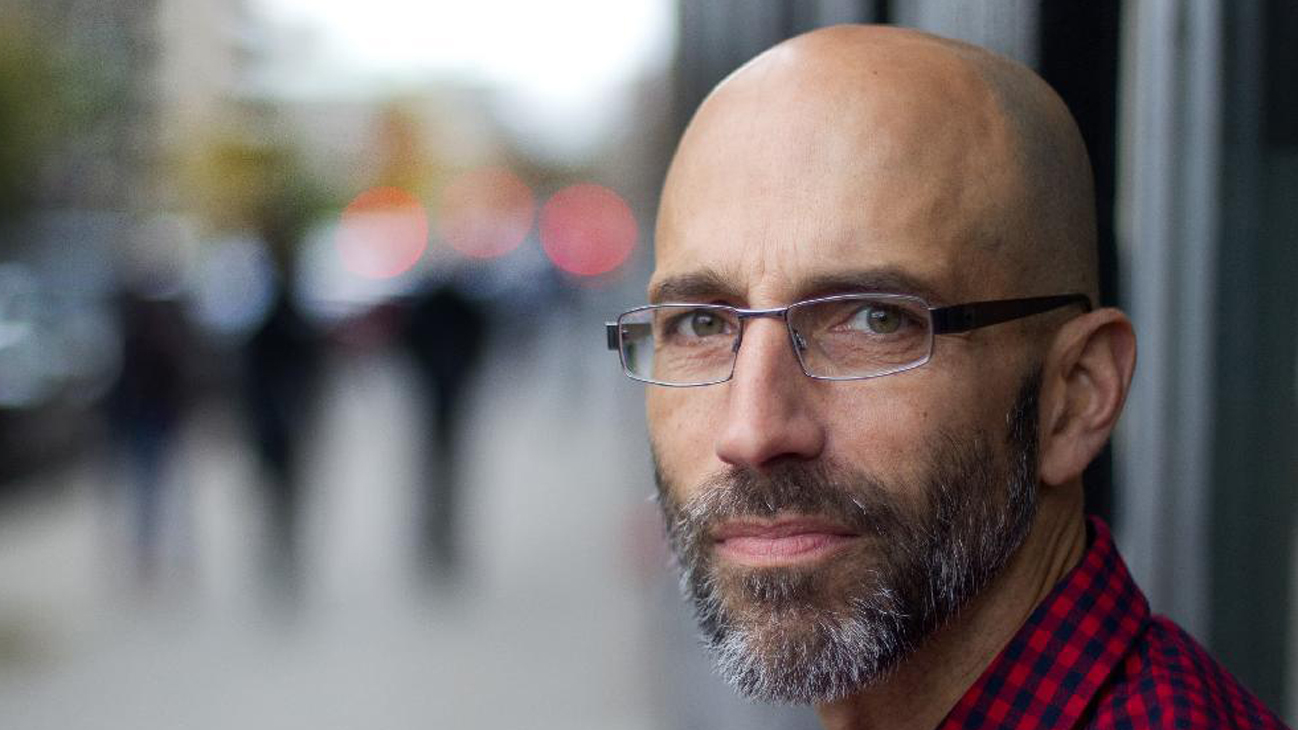In today’s modern workplace, mental health problems have become the leading cause of disability claims, accounting for 70% of workplace disability management costs in Canada. As a former post-traumatic stress disorder sufferer, Lieutenant-Colonel (Retired) Stéphane Grenier knows the toll mental health issues can take on individuals firsthand. In a recent interview for the Montreal Gazette, Grenier recounts his journey from soldier to mental health advocate.
Stéphane Grenier stepped off a Hercules aircraft under a blast of gunfire with the Canadian peacekeeping forces during the 1994 Rwandan genocide. That, recalled the retired lieutenant-colonel, “was the beginning of the rest of my life.” He became addicted to the adrenalin of dangerous war zones and peace missions — Afghanistan, Cambodia, Kuwait and Haiti to name a few — anything was better than home. Civilians, he felt, couldn’t relate to soldiers returning from war-torn areas with a combination of grief, stress, trauma and depression.
After struggling alone with undiagnosed post traumatic stress disorder, Grenier transformed himself from a suicidal soldier to a champion for mental health. Before he left the army in 2012 following 29 years of service, he had already spent a decade developing peer support and education programs for the military. Grenier then developed a federal accreditation program for corporate peer-based mental health, supported by the Mental Health Commission of Canada; he says he is obsessed about changing the current workplace approach.
Q: The military has been criticized for its effort in rehabilitating soldiers. Suicide claims more soldiers than Afghanistan. What’s your take?
A: The military is having problems because it lacks innovation in the field of mental health services. I don’t want to give the impression that psychiatry is a thing of the past — absolutely not. I still see a psychiatrist and abide by my medical regime of medication. When you’re sick and not feeling well, if you’re really lucky you’ll see mental health professional once a week … if not, maybe once a month. What happens to patients between medical appointments? They don’t live in their doctors’ offices. Soldiers do not suicide when seeing their therapists … it’s on the streets, off bridges and hitting pillars, when they are the most isolated. What have we done to stop the isolation that happens with mental illness? According to the literature, the lack of support is the biggest risk factor in predicting who will succumb to mental illness.
Q: What do you mean by workplace mental health programs?
A: Most services are a fridge magnet and a pamphlet that refers employees to an 800 number. It’s a fast-track to a mental health professional. A good thing. But unless we close the gap (between appointments) and continue to rely on professionals we will continue to fail. We’ve been socialized to believe that we need to keep our dirty laundry to ourselves. When I was crying in the years after Rwanda, hiding in the stalls in the bathroom, wondering what the hell was happening to me, and when colleagues asked, ‘Hey, Stéphane, are you okay? You look sick.’ I’d say I had allergies. Self-stigma is a chapter in itself. And your perceptions when you are suffering are totally skewed.
Q: Why is human interaction, the peer-to-peer model, so powerful?
A: I’ll give you a real life example. In 2000, this Cpl. Christian McEachern in Alberta drove his SUV truck through a building on a base in despair. He got arrested, put in jail and then transferred to a psychiatric ward. At the time I had a supportive commander in Toronto. I asked for permission to visit that soldier. I’m a French Canadian, he’s English; I’m Catholic, he’s protestant; he’s a corporal, I’m a major … in our culture we have nothing in common. I flew over. He doesn’t know I’m coming. I go to the hospital and I sign him out. We spent the entire day together. A lot of moments we didn’t say a word. But we bonded. With no words I know exactly what (he) was talking about. This is the essence of peer support. On the flight back, I developed a two-page proposal for the military to do what I do today for civilians.

